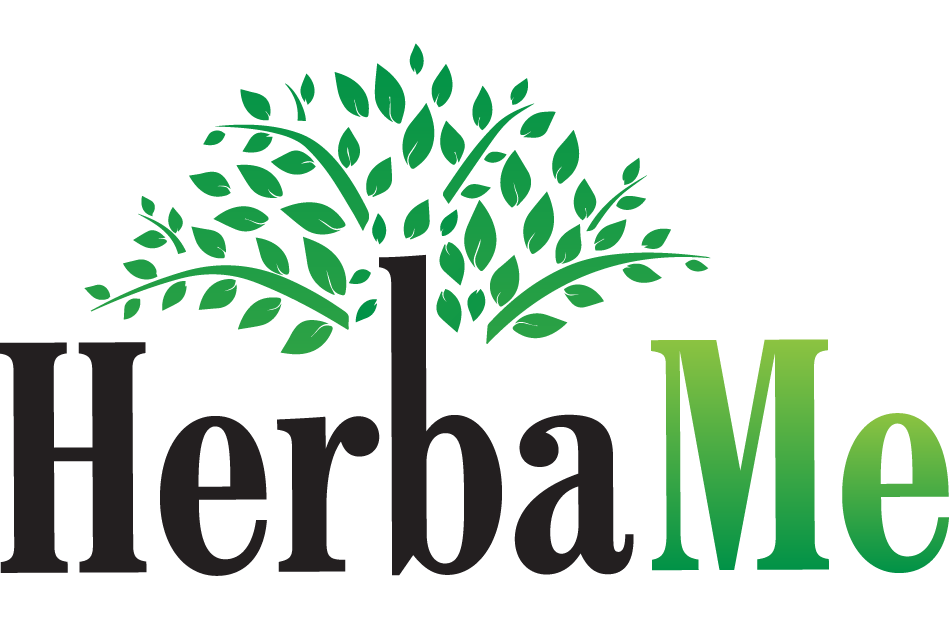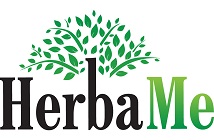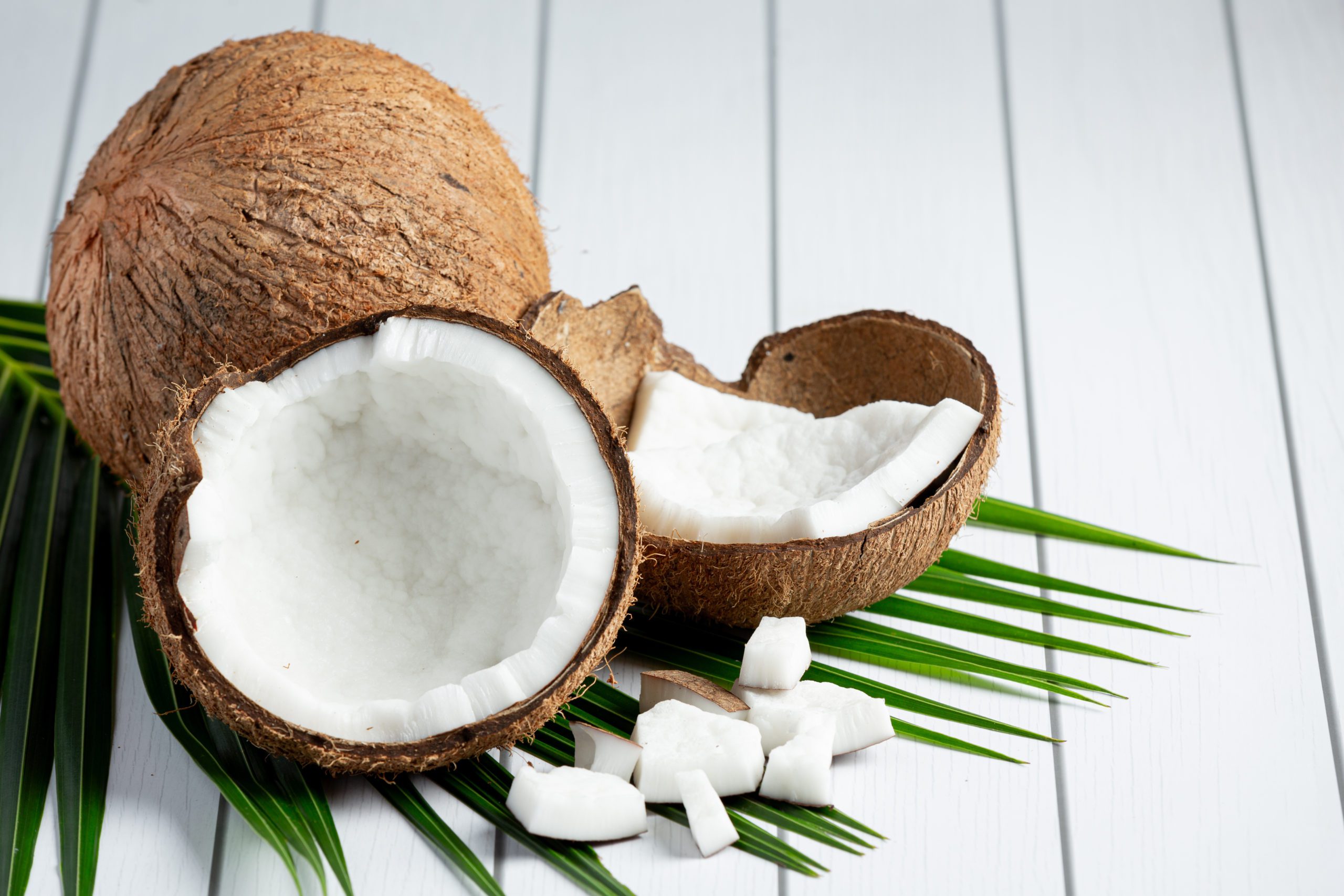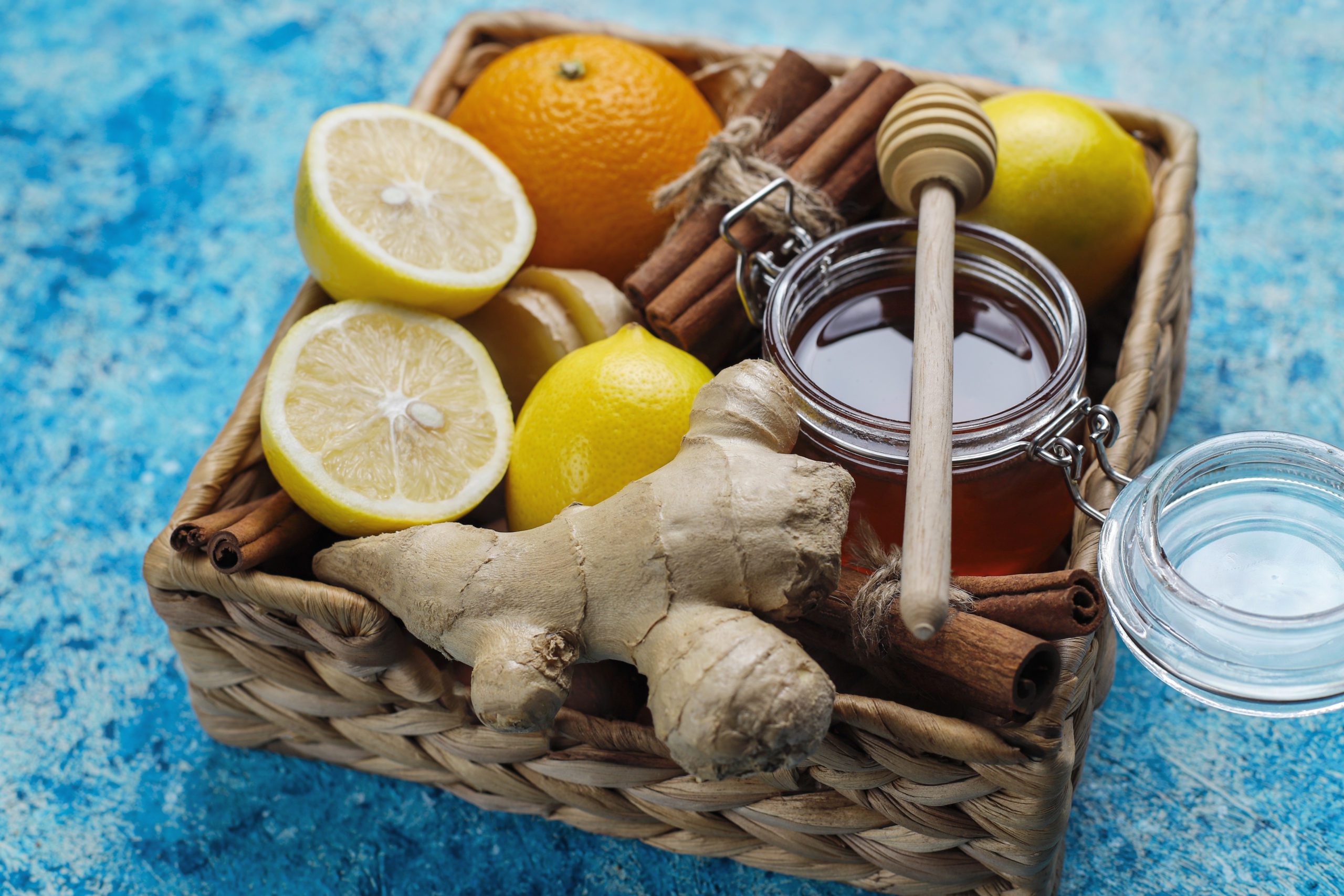Monolaurin
Monolaurin – A valuable compound in coconut oil with a strong immune effect
Do you know what is one of the main reasons why coconut oil has such impressive possibilities for use both for cooking and as a cosmetic? Thanks to a key component called monolaurin, coconut oil is so beneficial. Monolaurin is also one of the reasons why breast milk helps boost babies’ immunity.
What else is monolaurin capable of and why you can find it with us in the form of Coco Remedy we will tell you in the article.
What is Monolaurin?
Monolaurin is a monoester that is formed from a combination of glycerol and lauric acid. It is mainly used as a microbicide, which is a substance that reduces the ability to infect microbes (or microorganisms), such as bacteria, viruses, and fungi. Monolaurin is also called glyceryl laurate or glycerol monolaurate.
Monolaurin is a single molecule of glycerol bound to fatty acid in terms of structure. Coconut oil is 48% lauric acid, which is valued for its use in the food and food industries. Lauric acid is noticeably converted to monolaurin in the body.
This compound has been shown to have antimicrobial, antiviral, and antibacterial properties and offers a number of health benefits, including treatment of the following conditions:
- Acne
- Chronic fatigue syndrome
- Colds
- Herpes
- Influenza and accompanying symptoms
In nature, lauric acid and a precursor to monolaurin, which is an even more powerful antimicrobial agent than lauric acid. When your body absorbs lauric acid, certain enzymes in the digestive tract form this beneficial monoglyceride, known as monolaurin.
Coconut oil is made up of about 90 percent saturated fat and 9 percent unsaturated fat. However, the saturated fats in it differ from the saturated fats in animal fats. Over 50 percent of the fat in coconut oil is medium-chain fatty acids, such as lauric acid, such as lauric acid.
Lauric acid itself has long been known to have strong antimicrobial activity. Lauric acid is well known for providing the unique health properties of coconut oil – it represents 50% of the volume of coconut oil. Coconut is known as the “tree of life” in areas where it grows naturally. Lauric acid contributes to many of its unique properties – including immune benefits.
Medium-chain fatty acids such as lauric acid are considered useful in weight control, energy production, coping with seizures and epilepsy, immune support, and others. Lauric, capric and caprylic acid are the main medium-chain fats.
Unlike lauric acid, the monoglyceride form of lauric acid, known as monolaurin, is tolerated when taken orally. Monolaurin has excellent antimicrobial properties against viruses, bacteria, fungi, and some pellets and parasites.
When you consume coconut oil, a small percentage of it turns into monolaurin. To actually benefit from this compound and avoid problems with coconut oil – some people develop allergies, sensitivity, or some other effect – you can take a monolaurin supplement. This will ensure the same benefits of coconut oil without missing the benefits of monolaurin, which can be more:
- Antibacterial action;
- Antimicrobial and antiviral effect;
- Immune protection;
- The action of monolaurin in the body;
- Antiviral activity;
Monolaurin may be active against viruses that have a lipid membrane on the outside.
Because monolaurin is the same size as the fat molecule of the virus, it is absorbed into the fat layer of the cell. Because there is no good bonding strength, the skin sheath breaks down. This prevents the virus from attaching and entering the host’s cells, stopping infection and replication.
Scientists believe that monolaurin can disrupt virus replication by blocking DNA replication signals. In terms of mechanism of action, when monolaurin binds to the viral envelope, it makes the virus more susceptible to the immune system.
Antibacterial action
Researchers believe that monolaurin “binds” to the cell membrane of gram-positive bacteria and destroys them, breaking down that membrane. Theoretically, this stops bacteria from multiplying and spreading, which makes it easier for the immune system to destroy them if it has strong enough mechanisms to do so.
In cells, monolaurin also stops the production of most staphylococcal toxins and other proteins at the bacterial DNA level. In addition, new studies have examined the effect of monolaurin on reducing the gene expression of the inflammatory cytokines IL-1α and IL-1β.
4 health benefits of monolaurin
Monolaurin is mainly used to fight infectious diseases or medical conditions. This includes the most common colds, flu, nail fungus, and various types of herpes. It is also used to completely strengthen the immune system so that you protect yourself from the above diseases.
This is exactly the profile of the action of Coco Remedy – our interpretation of monolaurin in the form of a dietary supplement. Coco Remedy contains 100% monolauric acid (monolaurin). Only pure extract in veggie capsules, monolaurin can be useful for counteracting pathogens and better immune function.
Unlike antibiotics, which upset the intestinal microbiome balance, the monolauric acid in Coco Remedy does not work this way. It does not lead to disruption of the natural intestinal flora, nor to resistance.
And why make room for Coco Remedy in the home medicine cabinet instead of putting another well-known product there? Let us give you a few good reasons:
Victory over the flu
The influenza virus is an enveloped virus, which means that there is a lipid layer that surrounds it.
This layer helps the virus to hide from our immune system and it also participates in the ability of viruses to enter the cell and reproduce their genetic material.
Monolaurin naturally dissolves, decomposes or degrades this viral envelope. It also has the unique ability to disrupt signaling mechanisms and prevent the virus from assembling – which in high enough doses can help disrupt other viruses such as the common cold virus or HPV.
Due to these unique properties, monolaurin is included in discussions based on evidence for the natural management of influenza epidemics – Potential of Complementary and Alternative Medicine in Preventive Management of Novel H1N1 Flu (Swine Flu) Pandemic: Thwarting Potential Disasters in the Bud, section 5.1 .4. Cocos nucifera.
Herpesviruses, herpes simplex viruses I and II, shingles, and other coated viruses
Herpesviruses have their own independent mechanisms but are also activated secondarily due to autoimmune disease, severe stress, or other immune-mediated conditions. For example, low levels of vitamin D3 can also increase your susceptibility to virus attacks.
As we age or experience a period of severe stress or immune breakdown, these viruses can become active, sometimes with more virulence than the initial infection, as is the case with shingles.
Monolaurin can counteract these viruses and is even recommended by The Weston A. Price Foundation for herpes viruses.
Fungal infections Candida
Monolaurin is also able to destroy the cell wall of fungal infections associated with Candida. Because the effects of monolaurin are mediated through the bloodstream, it has the potential to help with both intestinal and systemic yeast growth.
Microbes like the stubborn Candida are “hidden” in the so-called biofilm. This biofilm protects and nourishes the body and can hide it from our immune system as well as from external agents.
Monolaurin not only breaks down the biofilm of Candida but will also help directly destroy the fungus cells.
Staphylococcal and streptococcal infections
Staphylococcal and streptococcal infections are common and can recur. They are involved in a wide range of infections, including infections of the skin, mouth, throat, and heart tissue. They are also the main suspected bacteria in relation to antibiotic resistance. For example, MRSA – Methicillin-resistant staphylococcus is a virulent and antibiotic-resistant form of staphylococcus.
Monolaurin has been shown to deal with staphylococcal and streptococcal infections, including MRSA and others.
We hope that everything so far has been comprehensive enough to reveal the abilities of monolaurin. So do not overlook it, but use it for immune protection and prevention of the whole family.
Library:
Picture – <a href=’https://www.freepik.com/photos/food’>Food photo created by jcomp – www.freepik.com</a>




